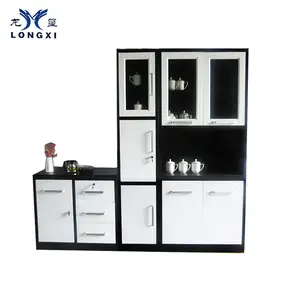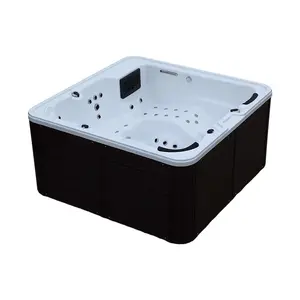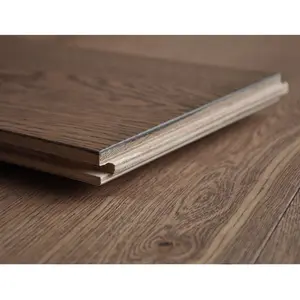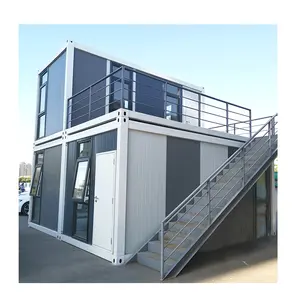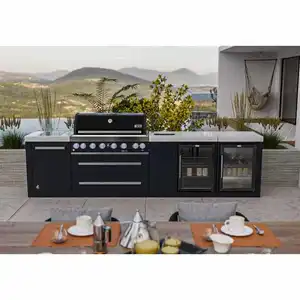Popular in your industry












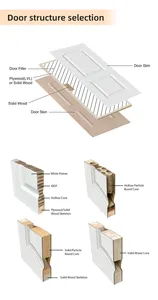

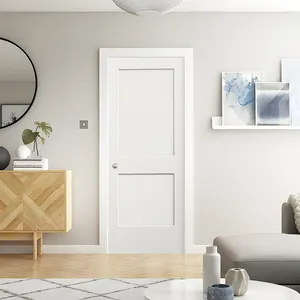















































Related Searches:


















































































































































Top categories
About panel interior door
The <strong>panel interior door</strong> is a term well-established in the realms of construction and interior design, playing a pivotal role in both the aesthetic and functional elements of residential and commercial environments. Such a door is typically composed of horizontal rails and vertical stiles creating a frame that houses flat or raised wooden panels, glass inserts, or other ornamental elements.
Expanded Types and Features of Panel Interior Doors
The array of <strong>panel doors</strong> spans a variety of designs, each imbued with its own distinctive flair. The classic <strong>6 panel doors</strong>, also known as <strong>six panel doors</strong>, evoke a colonial and quintessentially American architectural style, exuding tradition and depth. Conversely, <strong>2 panel doors</strong> and <strong>3 panel doors</strong> offer a sleek, modern aesthetic. The integration of glass, as seen in <strong>glass panel doors</strong> or <strong>glass for front door panels</strong>, can revolutionize a space by welcoming light and forging a visual continuity between areas. For an infusion of sophistication, options for <strong>glass door panels interior</strong> are available, while <strong>5 panel door</strong> and <strong>five panel doors</strong> strike a harmonious balance between traditional and contemporary styles. Each variant fulfills a unique design objective and can be chosen to enhance the architectural vernacular of a building.
Detailed Structure of Panel Interior Doors
The architecture of a <strong>panel interior door</strong> showcases the fusion of artisanship and engineering. The anatomy of the door generally comprises lower and upper rails, lateral stiles, and snugly fitting panels within the framework. These panels, whether flat or contoured, are crafted to expand and contract with humidity fluctuations, ensuring the door's structural integrity remains uncompromised. In <strong>glass panel interior door</strong> variants, the glass is typically ensconced within molded frames that both embellish and fortify the fragile material. This synergy of components not only bolsters the door's resilience but also enhances its visual charm.
Comprehensive Materials Used in Panel Doors
The selection of materials for panel doors is crucial to their performance and durability. <strong>Wood panel doors</strong> are often fashioned from sturdy timbers such as oak, mahogany, or walnut, prized for their strength and insulative qualities. <strong>Paneled wood doors</strong> exude a warm, organic appeal and can be finished in various stains or paints to suit any interior scheme. Alternatively, doors made from aluminum alloy or plastic-steel are lauded for their resistance to distortion and corrosion, rendering them apt for challenging climates or areas with high footfall. These materials are chosen not only for their inherent characteristics but also for their contribution to the door's aesthetic and thermal efficiency.
Business Usages and Applications of Panel Doors
In the commercial sphere, <strong>panel interior doors</strong> are instrumental, whether in carving out private offices in a corporate landscape or elevating the atmosphere of boutique accommodations. In the hospitality sector, for instance, a <strong>glass panel interior door</strong> can lend a touch of opulence to guest quarters, while in educational settings, <strong>6 panel interior doors</strong> are sought after for their robustness and practicality. These doors add to the commercial value by catering to specific requirements such as privacy, security, and aesthetic allure, thus enriching the user experience and potentially augmenting the property's market appeal.
Functions of Panel Interior Doors
The principal role of a <strong>panel interior door</strong> is to act as a partition, ensuring privacy and security, while also aiding in sound and thermal insulation within a room. Their utility, however, extends beyond these fundamental purposes. For example, <strong>glass panel doors</strong> serve to illuminate interiors and foster an open, spacious ambiance. Doors equipped with <strong>magnetic screens</strong> offer the additional benefit of permitting airflow while excluding pests, and those with <strong>fire prevention</strong> attributes can bolster safety in emergency situations.
Distinctive Features of Panel Doors
Panel doors are distinguished by attributes that set them apart in the marketplace. Their design versatility, ranging from <strong>arch internal doors</strong> to <strong>internal door arch</strong> styles, enables them to integrate seamlessly into diverse architectural motifs. Innovations such as soundproofing technologies and advanced locking systems are also significant selling points. The capacity for customization with various panel types, including <strong>glass door panels interior</strong>, allows for a tailored approach that can satisfy even the most exacting preferences.
Benefits of Installing Panel Interior Doors
Installing a <strong>panel interior door</strong> offers manifold advantages. They elevate the visual allure of a space, bolster privacy, and are effective in mitigating noise. The insulative properties of materials like wood contribute to stable room temperatures, leading to potential energy economies. Moreover, the robustness and enduring nature of these doors impart a sense of security and ensure their presence as a lasting element of the environment.
How to Use, Choose, Clean, Maintain, and Install Panel Interior Doors
Proper usage of a <strong>panel interior door</strong> entails careful handling to avert excessive wear and tear. Selecting the appropriate door necessitates an assessment of the space's design ethos, the door's intended function, and the environmental conditions it will encounter. Cleaning and upkeep are generally straightforward, typically requiring periodic dusting and the occasional polish to preserve the door's luster. Professional installation is recommended to guarantee correct alignment and smooth operation, whether the door swings or slides.
Target Audience and Meeting Their Needs
The demographic for <strong>panel interior doors</strong> is broad, including homeowners, architects, interior decorators, and commercial property developers. Homeowners may gravitate towards <strong>wood panel doors</strong> for their timeless aesthetic, while designers might favor <strong>glass panel doors</strong> for a more contemporary setting. Commercial developers typically opt for sturdy and utilitarian doors like <strong>6 panel interior doors</strong> for office complexes or educational institutions. Each product iteration is crafted with the end-user in mind, ensuring that the doors not only meet but surpass expectations in terms of style, functionality, and performance.
How does the opening method affect the choice of a panel interior door?
The mode of opening a panel interior door is a decisive element in its selection. It influences not just the door's practicality but also the spatial requirements and accessibility of an area. For example, <strong>rolling pull</strong> or <strong>electric side opening</strong> doors are well-suited for contexts where manual operation is impractical, while <strong>side open</strong> or <strong>manual</strong> doors are more conventional and fitting for domestic environments. The decision should be informed by the door's intended use and the physical limitations of the space.
What are the considerations for surface finishing in panel doors?
Surface finishing plays a significant role in the preservation and aesthetics of panel doors. A <strong>finished</strong> surface offers defense against environmental elements and wear, whereas an <strong>unfinished</strong> door permits personalization through subsequent painting or staining. The decision between a finished or unfinished surface should be steered by the preferred appearance, the commitment to upkeep, and the door's exposure to the elements.
How can one ensure the panel door chosen fits the intended application?
To guarantee that a panel door is suited to its intended use, it is crucial to evaluate the door's <strong>feature</strong> set, including its insulative, security, and acoustic properties. Moreover, the <strong>design style</strong> should be in harmony with the interior environment, and the <strong>door material</strong> should correspond with the building's structural and aesthetic demands. Engaging a professional for an <strong>onsite inspection</strong> and considering <strong>after-sale service</strong> offerings such as <strong>free spare parts</strong> and <strong>return and replacement</strong> policies are also vital in making a well-informed choice.
